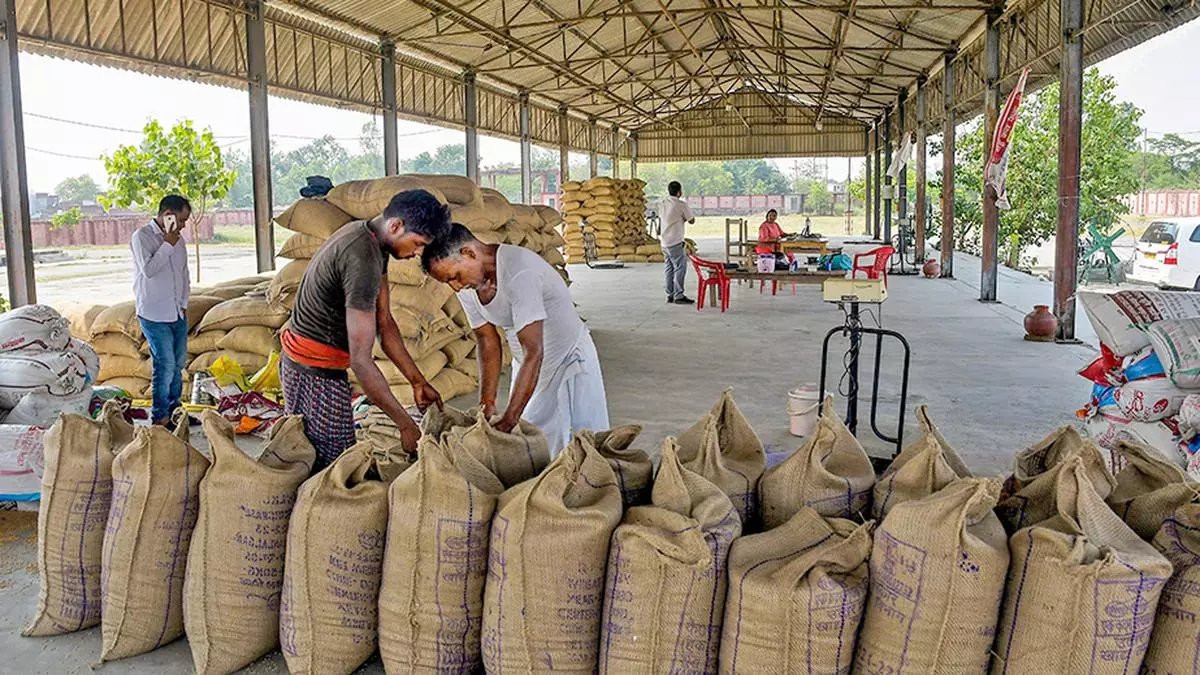India’s food security has increased over the past 5 years, says UN arm’s report
India’s food security has increased over the past five years even as people in 58 countries required urgent food assistance, says the Global Report on Food Crises (GRFC) 2023 prepared by the UN Economic and Social Commission for Asia and the Pacific (ESCAP).
The risk index of the report showed that India’s food security was far better based on the 2020-22 average than even countries such as China and the Russian Federation. In contrast, food insecurity was the highest in Iran.
The GRFC said it estimated that over a quarter of a billion people were acutely food-insecure and required urgent food assistance across 58 food-crisis countries or territories in 2022. “This is the highest number in the seven-year history of the GRFC,” it said.
36% of population
In 2022, 51.3 million people or 36 per cent of the population analysed for the report faced high levels of acute food insecurity in five countries in Asia. These are Afghanistan, Bangladesh, Myanmar, Pakistan and Sri Lanka.
In Bangladesh, people in the Cox’s Bazaar area in Bangladesh and in Pakistan those in Balochistan, Khyber Pakhtunkhwa and Singh faced food insecurities, it said, listing out the drivers of the situation under economic crisis, conflicts, weather, malnutrition and displacement.
“Deepening economic crises in Afghanistan and Sri Lanka were aggravated by the war in Ukraine; economic shocks were also a major driver of acute food insecurity in Myanmar and Pakistan,” the GRFC 2023 said.
Impact of conflicts
Conflict was the primary driver of acute food insecurity in Bangladesh and Myanmar, while pockets of armed clashes and violence persisted in Afghanistan where decades of conflict have destroyed livelihoods, it said.
On the weather front, GRFC said heat waves followed by abnormal monsoon rainfall were the primary driver of acute food insecurity in Pakistan, while catastrophic drought conditions were a significant driver in Afghanistan.
On malnutrition, it said about 4.15 million children under 5 years were estimated to be suffering from wasting in 2022, of whom one million were severely wasted. Of the 10.2 million displaced people, 7.5 million were internally displaced, while the rest were refugees and asylum seekers.
On Bangladesh, the GRFC said around 95 per cent of the Rohingya refugee population and 70 per cent of the Bangladeshi resident community in Ukhiya and Teknaf upazilas – a total of 1.28 million people – in Cox’s Bazar, were estimated to be vulnerable and in need of food assistance in 2022.
Insecurity for over 5 years
“Of them, 902,800 were Rohingya refugees living in 33 congested government-designated camps in Ukhiya and Teknaf as well as on the island of Bhasan Char, and 376 500 were members of the Bangladeshi host community,” it said.
Bangladesh and Afghanistan have been facing food insecurity since 2016, while in Pakistan’s vulnerable three regions the situation has been worrisome since 2017.
In Myanmar, 15.2 million or 27 per cent of the total population faced high levels of acute food insecurity and were in need of humanitarian assistance in 2022. In Sri Lanka, 6.27 million or 28 per cent of the analysed population faced moderate or severe acute food insecurity during May–June 2022, it said.
